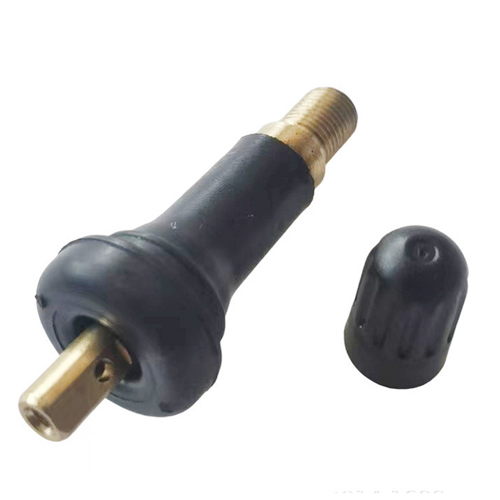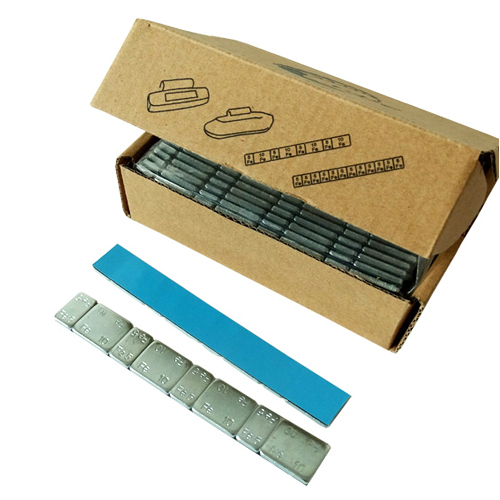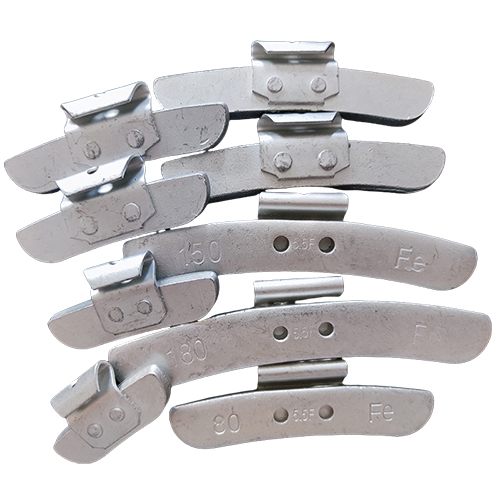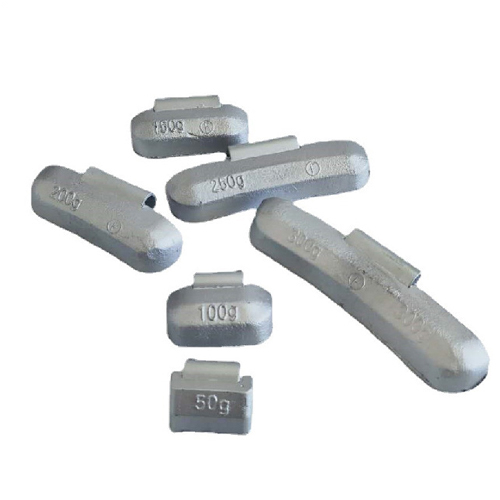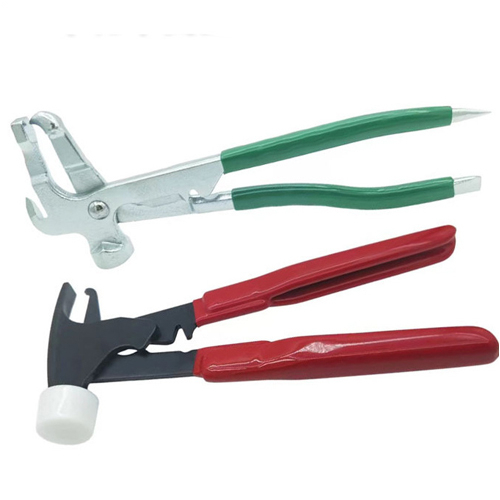Products Description
Tire ValveIt Is A Device Installed Inside The Tire For Inflation And Deflation, And Is An Important Component Of The Tire. It Is Not Only Used To Regulate Tire Pressure, But Also Plays A Sealing Role To Prevent Gas Leakage. The Performance And Quality Of The Valve Directly Affect The Service Life And Driving Safety Of The Tire.
Tire Valves Can Be Classified Into The Following Categories Based On Their Materials, Structures, And Usage Scenarios:
Classified By Material
Rubber Valve: The Most Common Type, With Low Cost, Good Flexibility And Sealing, But Poor Durability And Easy Aging.
Metal Valve:
Aluminum Alloy Valve: Lightweight, Corrosion-resistant, Suitable For Cars And Light Vehicles.
Stainless Steel Valve: High Strength, High Temperature Resistance, Corrosion Resistance, Suitable For Commercial Vehicles And Special Environments.
Copper Valve: Good Thermal Conductivity, Suitable For High-performance Tires, But High Cost.
Plastic Valve: Lightweight And Durable, But Its Sealing Performance Is Not As Good As Rubber And Metal Valve.
Classified By Structure
Inner Tube Valve: Used For Tires With Inner Tubes, Usually Made Of Rubber Material, Installed On The Inner Tube.
Vacuum Tire Valve: Used For Tubeless Vacuum Tires, Usually Made Of Metal Or Rubber Material, Installed On The Wheel Rim.
Classified By Installation Method
Buckle Type Valve: Fixed On The Wheel Rim By A Buckle, Easy To Install, But With Poor Sealing Performance.
Compression Type Valve: Fixed By Threading, With Good Sealing Performance, But Slightly More Complicated Installation.
Adhesive Valve: Glued Onto The Wheel Rim, Suitable For Some Special Wheel Rims.
Classified By Function
Ordinary Valve: Only Used For Inflation And Deflation.
Valve With Tire Pressure Monitoring Function: Built In Sensor That Can Monitor Tire Pressure In Real Time And Transmit Data.
Tags:


